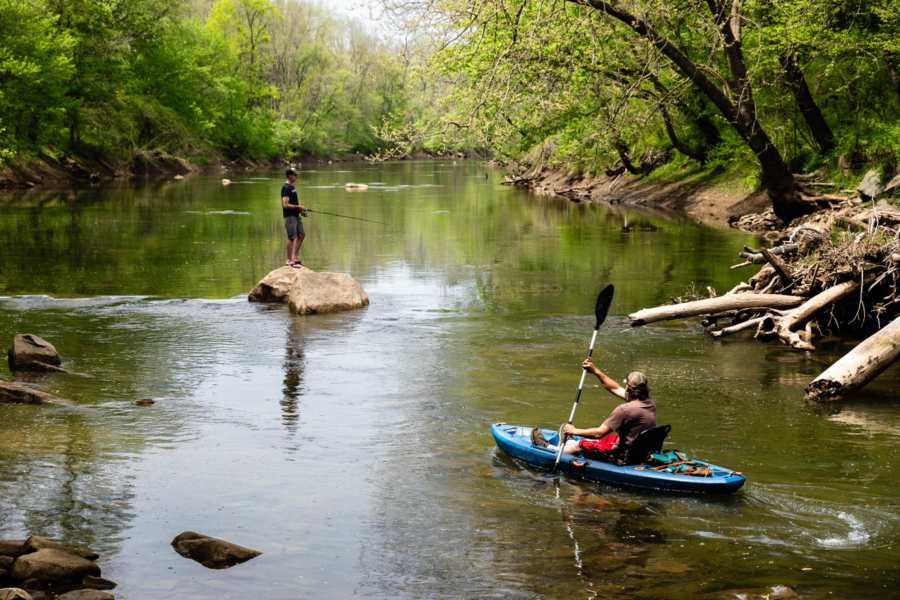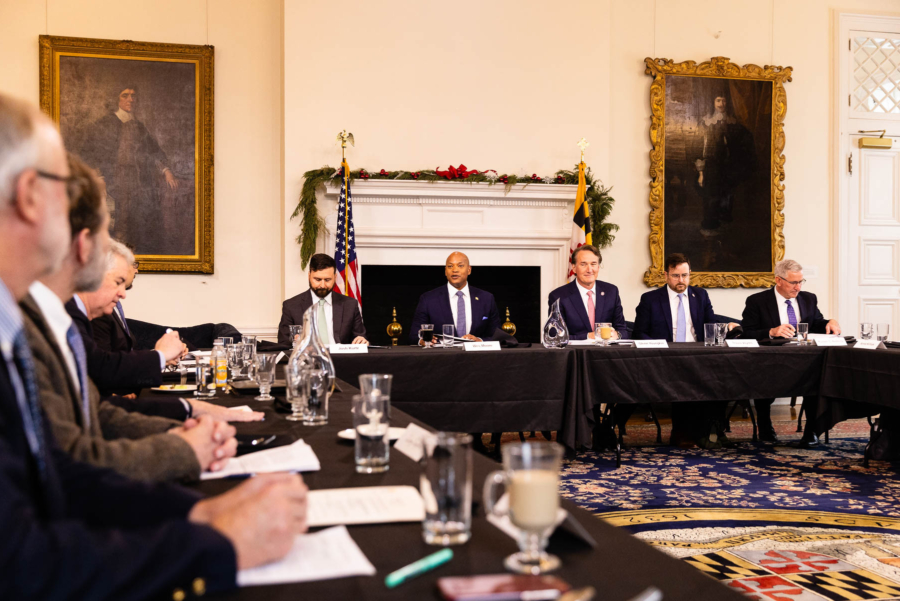The future of Bay restoration starts to take shape in 2025
Look out for opportunities to weigh in on restoration planning

Since 1983, Chesapeake Bay Program partners have been working together to protect and restore the nation’s largest estuary. This year, that effort takes another big step forward as the partnership prepares revisions for the Chesapeake Bay Watershed Agreement by December 31, 2025.
The current iteration of this landmark agreement, which contains 10 goals and 31 outcomes related to blue crabs, water quality, land protection and more, was signed in 2014, and many of those outcomes have a deadline of 2025. With some outcomes on track for completion and others off course, it became clear that a path forward was needed for the partnership beyond these 2025 deadlines. At the end of 2024, the Chesapeake Executive Council charged the Chesapeake Bay Program with revising the current Watershed Agreement by the end of December 2025 and restructuring the partnership accordingly by June 2026.
How we’re updating the Watershed Agreement
From January to March 2025, our goal teams, workgroups and advisory committees will be assessing the most pressing issues for the Bay Program to address related to the health of the Bay watershed and its residents as it works toward a revised Watershed Agreement. While not all outcomes will need revision, the partnership’s review will likely result in consolidating, reducing, updating, removing, replacing or adding new outcomes.
In its charge, the Chesapeake Executive Council directed the drafters of the revised Watershed Agreement to place a renewed and greater emphasis on engaging all communities of the watershed, elevate conservation as a key pillar of the Chesapeake Bay Program, and develop goals and outcomes that are measurable and time bound, among other considerations.
As the Watershed Agreement is being revised, the Bay Program will also develop a simplified and streamlined structure and process for the partnership which aims to support all partners as they work toward achieving their commitments in an effective, efficient and inclusive manner.

Seeking public feedback
The Chesapeake Executive Council’s Charge to the Chesapeake Bay Program called for a greater emphasis on engaging all communities of the watershed in the Bay’s restoration effort. Over the next year, the Bay Program will provide several opportunities to provide feedback on this effort.
To start, the Chesapeake Bay Program is inviting interested organizations and members of the public to join its monthly Management Board meetings, where they can directly engage with leaders of the partnership as the process to revise the Watershed Agreement and organizational structure of the Bay Program unfolds.
During 30-minute sessions, attendees will have the opportunity to present to the Management Board, which is a group of representatives from state and federal agencies, goal implementation teams and advisory committees that make recommendations to the Executive Council’s staff. Participants are asked to keep comments direct but informal, and limited to no more than two minutes in length to allow for as many speakers as possible. If time runs out during the meeting, comments may be submitted in writing to comments@chesapeakebay.net. Received written comments will be posted to the Bay Program’s Planning for 2025 and Beyond webpage on a rolling basis.
Upcoming Management Board meetings are listed on the Management Board webpage. On each individual meeting webpage, you will find an agenda with information on how to join the meeting virtually.

Comments
There are no comments.
Thank you!
Your comment has been received. Before it can be published, the comment will be reviewed by our team to ensure it adheres with our rules of engagement.
Back to recent stories